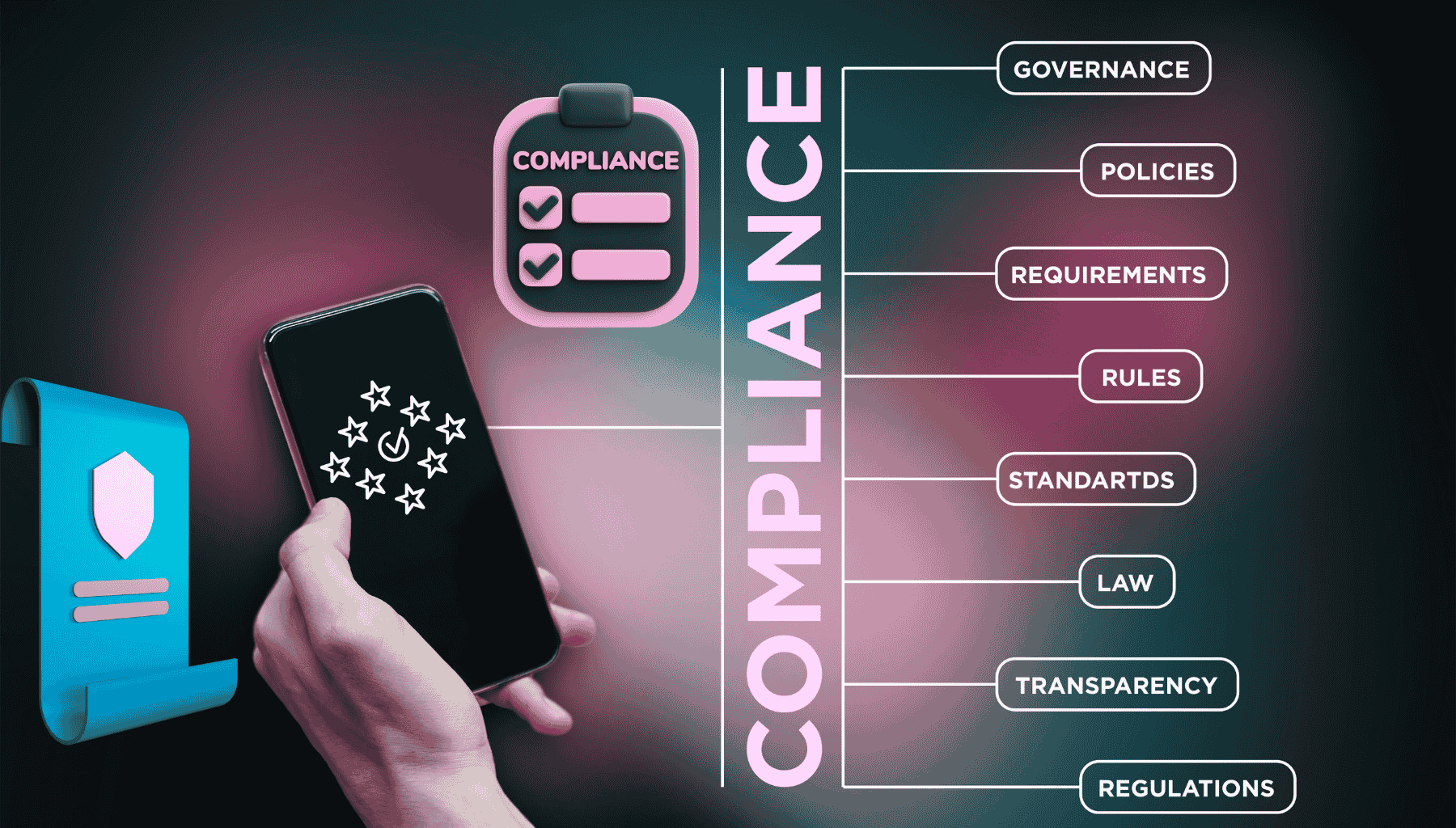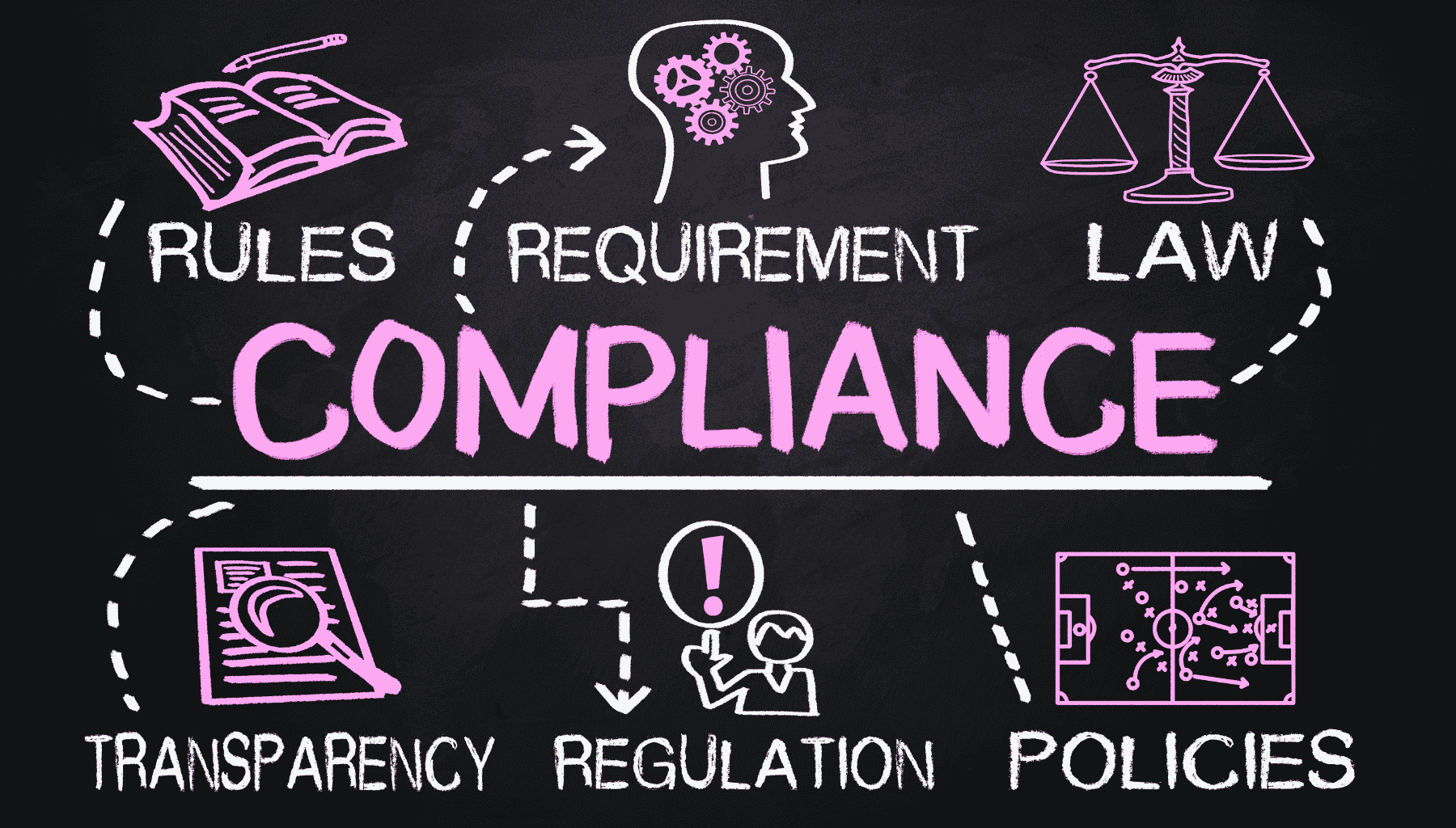Startup & Legal
- info@vega.org.in / support@vega.org.in
Book Your Free Consultation with Vega Consultants – Let's Build Success Together
Schedule a No-Cost Strategy Session for Tailored Solutions and Expert Guidance












End-to-End Filing, Reconciliation, and Audit Support for GST Compliance We handle data reconciliation, error resolution, and certified auditor coordination—all under one roof.


GST requires every registered taxpayer (except those under composition or TDS/TCS sections) to file an annual return summarising sales, purchases, tax paid, and ITC claimed during the financial year. The return set is:
| Form | Purpose | Who Files? |
|---|---|---|
| GSTR‑9 | Consolidated summary of outward supplies, ITC, tax‑paid & adjustments | Taxpayers with turnover > ₹2 crore |
| GSTR‑9C | Reconciliation between audited financials & GSTR‑9 + Auditor’s Certificate | Taxpayers with turnover > ₹5 crore |

| Turnover (FY) | GSTR‑9 | GSTR‑9C | Notes |
|---|---|---|---|
| ≤ ₹2 crore | Exempt (voluntary) | Not Needed | Notification 14/2024‑CT (10‑Jul‑2024) |
| > ₹2 crore – ≤ ₹5 crore | Mandatory | Not Needed | File GSTR‑9 only |
| > ₹5 crore | Mandatory | Mandatory | 6‑digit HSN summary required |
| Activity | Statutory Due‑Date | Late Fee* |
|---|---|---|
| GSTR‑9 filing | 31 December 2025 | ₹200 / day (₹100 CGST + ₹100 SGST) capped at 0.25 % of turnover |
| GSTR‑9C filing & upload | 31 December 2025 | Same as GSTR‑9 plus penal provisions under Sec 125 CGST Act |
*Interest @ 18 % p.a. applies on additional tax liabilities declared. Circular 246/03/2025‑GST clarifies late‑fee computation

Part‑A: Reconciliation Statement
Turnover: Books vs GSTR‑9
Tax Paid: Liability gap analysis
ITC: Books vs 2B vs 9
Additional Payable: Auto‑populates liability table
Part‑B: Certification
Option A – CA/CMA issues an opinion & audit observations
Option B – Self‑certification (only if turnover ≤ ₹5 cr and no statutory audit required) – Not applicable from FY 2024‑25.
Auditor must attach Management Representation Letter, Trial Balance, and reconciliation work‑papers.
| Part | Key Tables | What You Report |
|---|---|---|
| I | 4 | Basic details (GSTIN, FY, legal name) |
| II | 5‑6 | Outward & inward supplies, credit‑notes, advances |
| III | 7‑8 | ITC availed & reversed, ITC mismatches (Form 2B vs books) |
| IV | 9 | Tax‑paid vs payable for CGST, SGST, IGST & Cess |
| V | 10‑14 | Differential liabilities of previous FY, pending credits |
| VI | 15‑18 | Demands, refunds, HSN‑wise summary, late‑fee data |
| VII | 19‑20 | ITC summary (inputs, capital goods, services) |
Mandatory vs Optional fields change with turnover. For FY 2024‑25,
tables 17 & 18 (HSN summary) are optional for turnover ≤ ₹5 cr but mandatory (6‑digit) above it
Book your free 30‑minute GST Health Check and receive:
Turnover vs Liability Snapshot
ITC at Risk Report
Personalized Filing Calendar
| Phase | Activity | T‑Day |
|---|---|---|
| Kick‑off | Data request & portal setup | T |
| Reconciliation Draft | Variance report shared | T + 7 days |
| Final Sign‑off | CEO/CFO approval | T + 15 days |
| Filing | Submission & ARN share | T + 18 days |
| Post‑Filing Support | Notice response within 48 h | Ongoing |
We guarantee < 24 h response on all compliance queries.

| Issue | Impact | Mitigation |
|---|---|---|
| Mismatch in B2C sales | Excess liability in 3B vs books | Monthly 2B‑3B lock, real‑time POS validation |
| Unclaimed ITC due to missed invoices | Cash‑flow loss | AI‑driven invoice ingestion & auto‑match |
| Wrong HSN digit length | Notice & penalty | Rule‑wise validation in ERP |
| Credit‑notes of previous FY booked late | Differential tax in Table 10‑11 | Track aging reports; adjust in Mar‑25 3B |
| Sector | Key Pain‑Points | Best Practice |
|---|---|---|
| Manufacturing | Multiple plants, job‑work ITC credits | Centralized vendor master & plant‑wise 2B auto‑split |
| E‑Commerce | TCS overlap, interstate returns | Channel‑wise turnover recon & API pull from marketplaces |
| Real Estate | RCM on labour, JDA agreements | Tag RCM liability in custom ledger & auto‑push to 9 Table 4G |
| IT/ITES | Export of services, SEZ supplies | LUT tracking & FIRC auto‑upload to 9 Table 5 |
GSTR-9 is mandatory for all regular GST-registered taxpayers with turnover above ₹2 crore. GSTR-9C (reconciliation + audit certificate) is mandatory if your aggregate turnover exceeds ₹5 crore in a financial year.
The due date is 31st December 2025 for both GSTR-9 and GSTR-9C. Delays attract late fees and interest on unpaid differences.
You will face a late fee of ₹200/day (₹100 CGST + ₹100 SGST), capped at 0.25% of annual turnover. GSTR-9C failure may also attract scrutiny, audit notices, and penalties under Section 125 of the CGST Act.
Yes, filing GSTR-9 is optional for businesses with turnover below ₹2 crore. However, filing it voluntarily is recommended for transparency and better audit preparation.
No. Once filed, neither GSTR-9 nor GSTR-9C can be revised. Any additional liabilities or corrections must be paid through DRC-03 separately.
GSTR-9C is a reconciliation statement between your books of accounts and GSTR-9. It must be certified by a Chartered Accountant or Cost Accountant if your turnover exceeds ₹5 crore.
You’ll need your audited financial statements, trial balance, GST return summaries (3B, 1, 2B), ledger-wise ITC breakup, and a management representation letter.
Mismatch in ITC between books and 2B
Under-reporting of B2C sales
Incorrect HSN summary
Not disclosing pending liabilities or credit notes
We identify and fix all of these before filing.
No. GSTR-9 is a summary return only, and you cannot use it to claim missed ITC or correct previous returns. You can only report such issues and pay pending tax using DRC-03.
We provide:
Full data reconciliation (books vs 3B vs 2B)
GSTR-9 draft review + filing
GSTR-9C audit coordination & certification
DRC-03 computation and payment support
Post-filing notice handling & documentation backup
